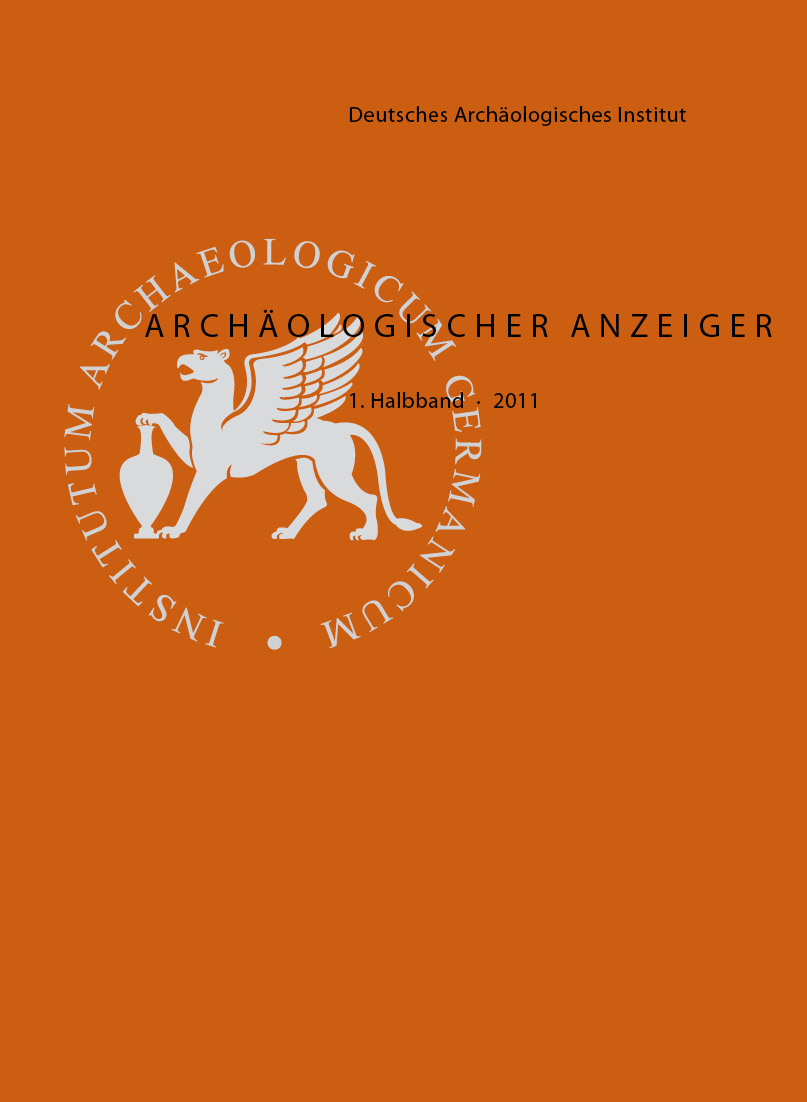Kilns, Commodities and Consumers: Greco-Roman Pottery Production in Eastern Marmarica (Northwestern Egypt)
https://doi.org/10.34780/ndb7-meja
Abstract
The northwestern coastal zone of Egypt is not an area well known for its rich archaeological record, especially when compared to the adjoining regions like the Cyrenaica in the west and the Nile Valley to the east. As a part of ancient Marmarica it was an ecologically and economically marginal region of semiarid environmental conditions. However, a remarkably dense pattern of GrecoRoman settlements and agricultural use has been uncovered by recent archaeological and geographical research in the Eastern Marmarica. A surplus economy based on dry farming and livestock can be reconstructed for the hin terland of ancient Paraitonion (modern Marsa Matruh). The need to trade agricultural goods such as grapes and/or wine, barley, figs, olives and/or olive oil explains the large number of pottery production sites in the area. This paper will deal firstly with the layout and features of more than forty surveyed pottery production sites, which mainly manufactured amphoras, and secondly, the topographical distribution of these sites within the area. Based on these analyses, aspects of the economic organization relating to the transport vessels, the filled goods and the exchange centres of the region can be reconstructed. A preliminary typological and chronological evaluation of the vessels produced closes the discussion.
Abb. 5: © DigitalGlobe, Inc. (2005), provided by European Space ImagingSchlagworte:
pottery production, amphora, economic history, arid regions, Marmarica





